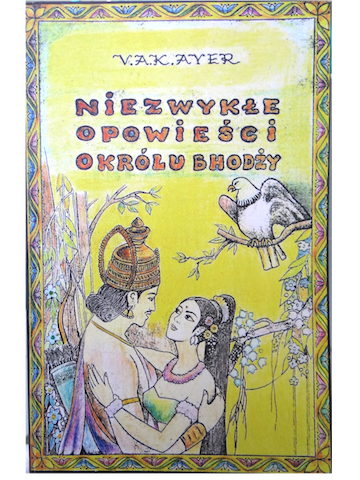 Untold Stories of King Bhoja constitutes a collection of stories within a story, whose hero is king Bhoja (Bhoja Rāja) – a keen enthusiast of the secret teachings and Yoga, fathomed them and at times also by trick from a wise man Sarpati. King Bhoja, despite numerous legends about him, many of them described in this book, is a historical figure. He ruled in the town Dhar in Central India in the years 1010-1055, and became the author of about 80 books, the noteworthy being one of the most important subcommenary to the Yoga Sutras of Patanjali titled Rāja-mārdaṇḍa (The Sun by the King). The present translation reveals the reality of life in ancient India and philosophy, blended with meaningful stories in which, like in the great epic of Mahābhārata, nothing happens without a reason. Its vibrant and animated plot will make one read it in one breath. The book is directed to both adults and children.
Untold Stories of King Bhoja constitutes a collection of stories within a story, whose hero is king Bhoja (Bhoja Rāja) – a keen enthusiast of the secret teachings and Yoga, fathomed them and at times also by trick from a wise man Sarpati. King Bhoja, despite numerous legends about him, many of them described in this book, is a historical figure. He ruled in the town Dhar in Central India in the years 1010-1055, and became the author of about 80 books, the noteworthy being one of the most important subcommenary to the Yoga Sutras of Patanjali titled Rāja-mārdaṇḍa (The Sun by the King). The present translation reveals the reality of life in ancient India and philosophy, blended with meaningful stories in which, like in the great epic of Mahābhārata, nothing happens without a reason. Its vibrant and animated plot will make one read it in one breath. The book is directed to both adults and children.